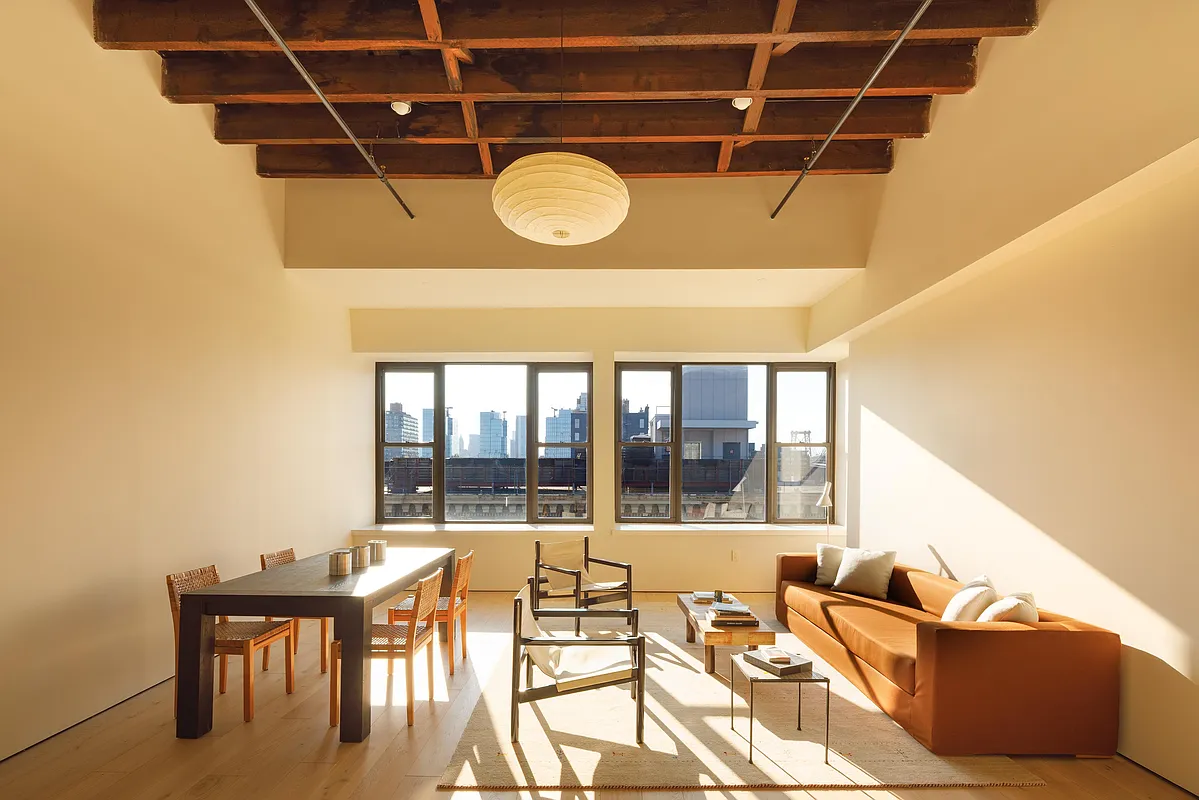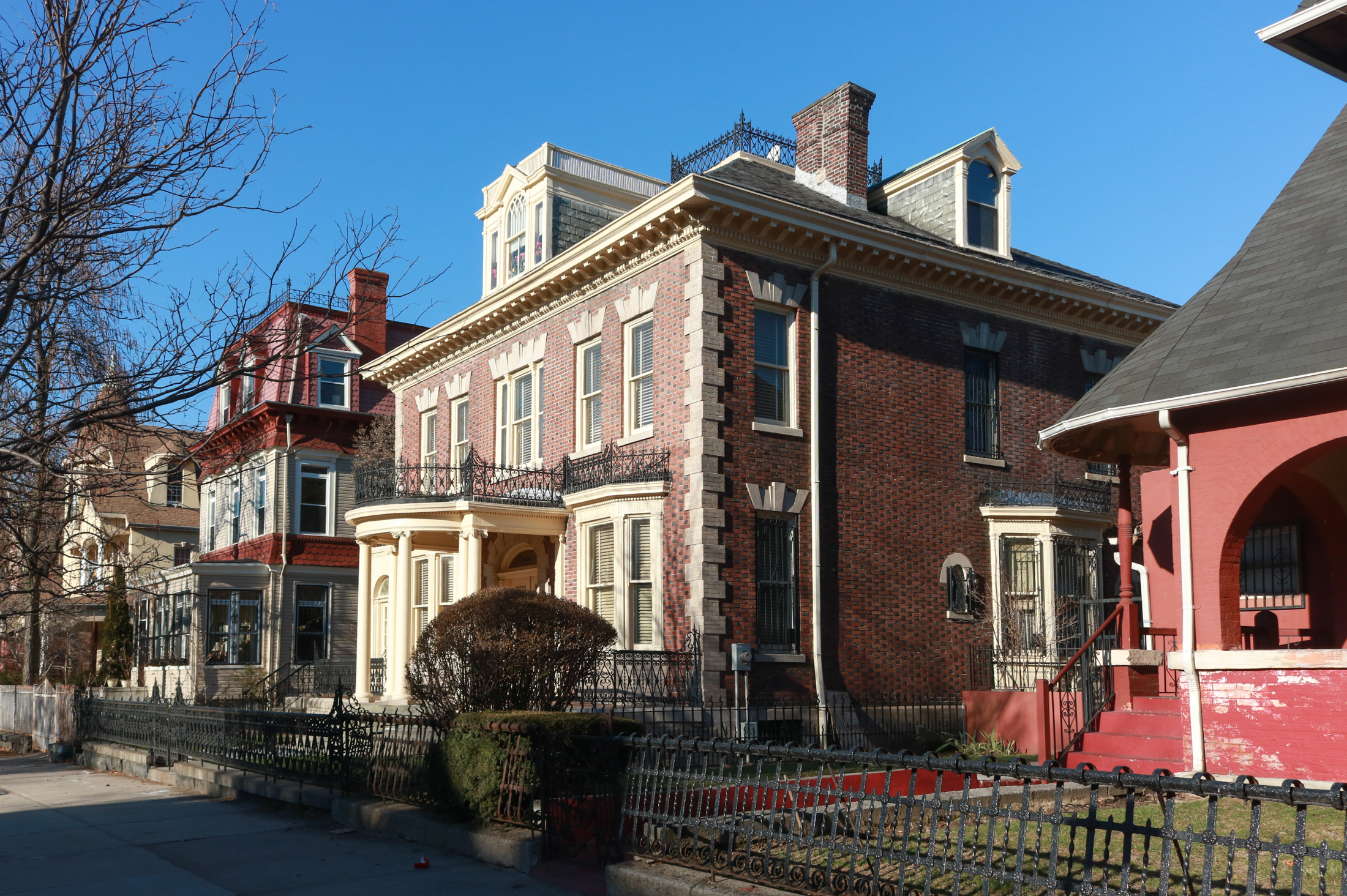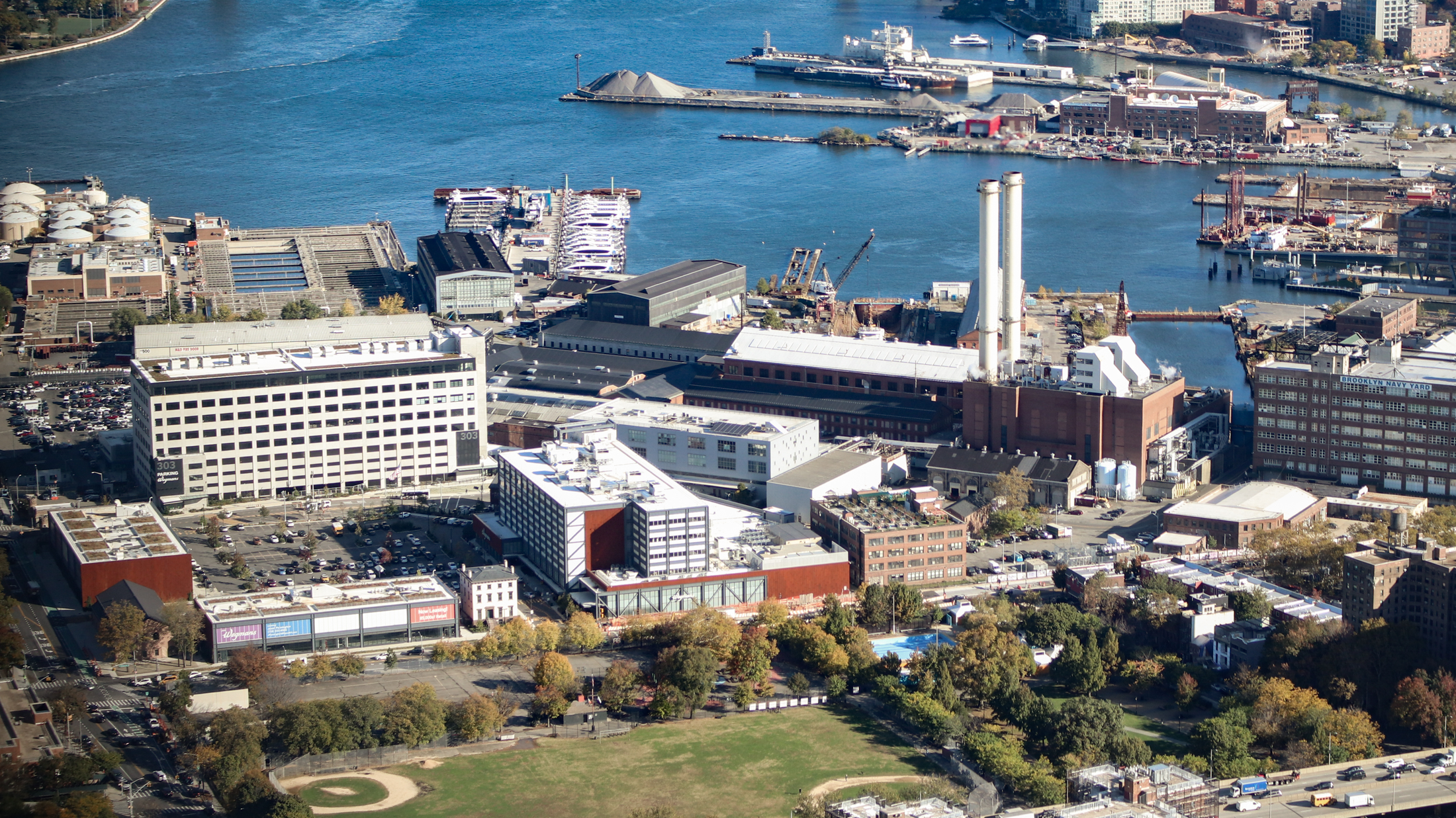Prospect Heights Landmarked!
This just in: The Landmarks Preservation Commission earlier today unanimously approved the designation of the Prospect Heights Historic District, culminating a widespread effort by the likes of the Municipal Art Society and the Prospect Heights Neighborhood Development Council that goes back over three years. The district contains 850 buildings and is the largest designation since…


This just in: The Landmarks Preservation Commission earlier today unanimously approved the designation of the Prospect Heights Historic District, culminating a widespread effort by the likes of the Municipal Art Society and the Prospect Heights Neighborhood Development Council that goes back over three years. The district contains 850 buildings and is the largest designation since the Upper West Side got the nod back in 1990. Prospect Heights is among Brooklyn’s most distinguished, cohesive neighborhoods because of its architectural integrity and diversity, scale, tree-lined streets and residential character, said Chairman Tierney. These features lend the neighborhood its unique sense of place, making it a natural for historic district status. Woohooooo!
Proposed Prospect Heights Historic District Meeting at LPC [Brownstoner]
As Historic District Gets Hearing, Some Politic Omissions [AY Report]
Landmarks to Consider Prospect Heights Historic District [Brownstoner]
ProHi Historic District Could Include Almost 800 Homes [Brownstoner]
Growing Momentum for P’spect Heights Landmarking [Brownstoner]





Yay landmarking! Squeeze those gross poors out!
BG, see, that’s what I mean. I have an ‘ugly door’ from when I bought the place, and I don’t want to spend $3000 to get a period replacement (which I won’t like anyway.) I might spend $800 on an energy-efficient door which looks good, but Landmarks wouldn’t approve it. There’s ugly and there’s ugly…vinyl siding is ugly; fiberglass doors less so. Frankly, I *like* the variety of doors on my block, most of them non-period.
We happened to be driving around this weekend and noticed a lot of uglification in Prospect Heights, cheap replacement doors, horrible windows…
Underhill is not very nice…what happens to the recent ugly redos…? Do they get landmarked into the bargain?
Will the suburban type door slapped on a brownstone 30 years ago (or the even uglier doors from the last 15 years) need to be replaced with exact replicas down the road or will the owner be allowed to find another just-as-ugly/just-as-cheap door to replace it even if the little windows are of a different configuration or the door is a different material…
Anyway, I don’t know if the ugly-door area is within the boundries of the new Landmarked district.
Ugh…I could just tear off a good one on the ugly doors of Prospect Heights…what happened to the original doors…? Such a shame. Such ruination…
Ah, tx bxgrl. What would you think if I painted my front door a bright yellow with teal trim (I don’t have the exact colors) ;)?
Oh- and congrats! the Landmarking is great news!
Actually the Victorians could do garish really well. They started working with chemical/anilene dyes in the 1860’s with magenta being the first successful one. A look at Victorian fashions shows colors and combinations that see almost contemporary. We only think the victorians were in to muted colors because we see them after years of fading. But the Victorians were very much into color. Rich, intense color. (When Queen Victoria went into mourning for Albert black and dark colors became the fashion- but luckily most people found a year of deep mourning to be more than enough.
i_disagree, email me i’ll send some more details
DOT used to provide the terra-cotta color streetname signs free. I can’t believe they are asking communities to pay for them. How unbelievably cheap and mean.
smokychimp – interested to see them. and i don’t disagree with your analysis. i know there are ways of accessing small amounts of money to help ease the burden, but there really ought to be some kind of fund – even if it were just to pay the additional fees and expediting – to help assist low-income people trying to make necessary repairs or minor upgrades.